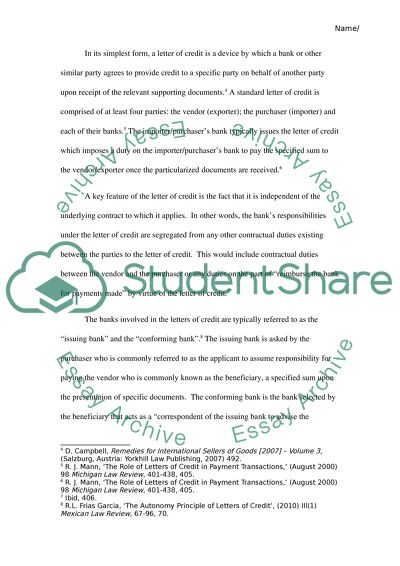Cite this document
(“A Critical Analysis of Article 5 of UCP 600 Essay”, n.d.)
Retrieved from https://studentshare.org/law/1447106-bank-deal-with-documents-and-not-with-goods
Retrieved from https://studentshare.org/law/1447106-bank-deal-with-documents-and-not-with-goods
(A Critical Analysis of Article 5 of UCP 600 Essay)
https://studentshare.org/law/1447106-bank-deal-with-documents-and-not-with-goods.
https://studentshare.org/law/1447106-bank-deal-with-documents-and-not-with-goods.
“A Critical Analysis of Article 5 of UCP 600 Essay”, n.d. https://studentshare.org/law/1447106-bank-deal-with-documents-and-not-with-goods.


